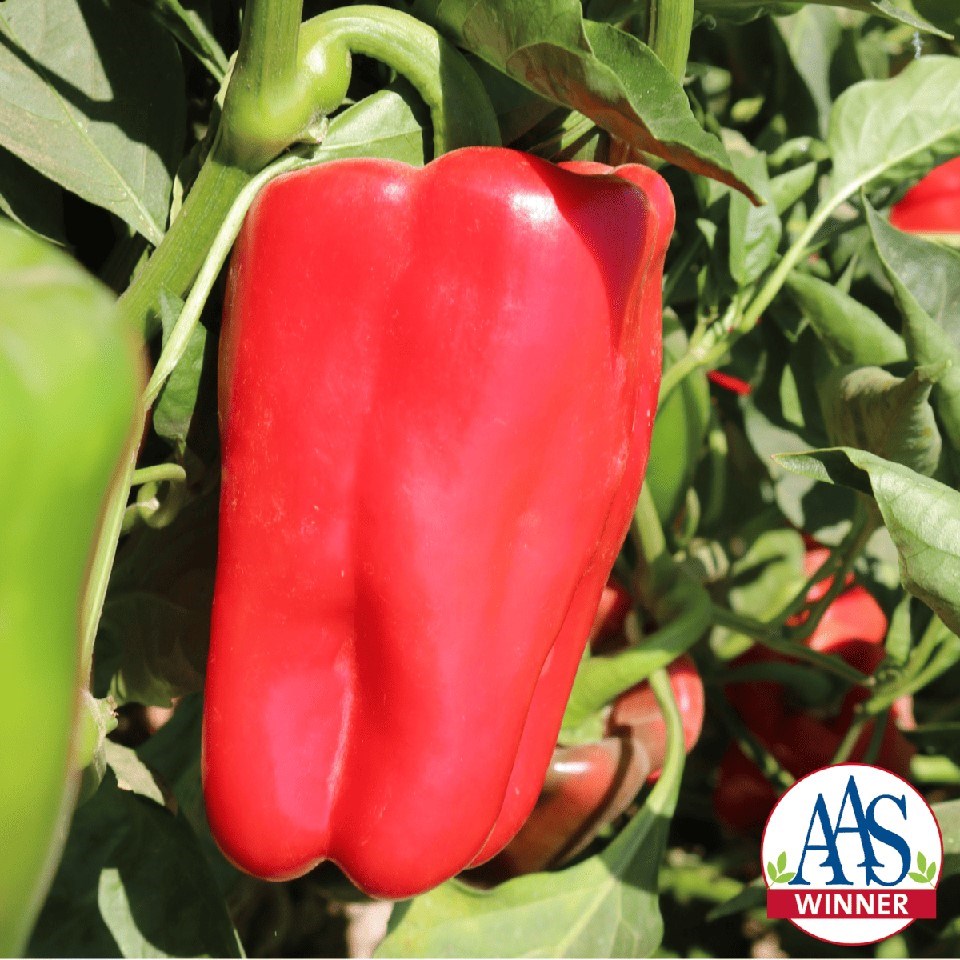Peppers are derived from the species Capsicum annuum, native to Mexico and Central America. They show enormous variability in fruit size, shape and colour. Seeds have been found in archeological deposits in cave dwellings near the present-day city of Tehuacan, Mexico dating from 7000 BCE. Illustrations of peppers have been found decorating pre-Columbian ceramics. It is believed that the hot types were the first to be cultivated. Peppers grown in Europe date from the 1500s, after the voyage of Columbus.
Montezuma, the emperor of the Aztec Empire (reigning from 1502-1520) is said to have preferred to drink his cocoa cold and unsweetened but laced with vanilla and ground hot peppers. The Spaniards saw the fiery red pepper as a substitute for the then very expensive black pepper (which was used as coinage during Roman and medieval times).
Capsicums were being grown in Spanish monastery gardens by the end of the 15th century. They quickly spread to Italy, France and Germany. They were in England by the 1540s and then re-introduced to the Americas.
Some 20 wild species exist in South America today. All of them evolved from a single species and were originally located in the mountains of central Bolivia.
Capsicum annuum includes the sweet bell pepper, red paprika peppers and hot peppers. They were among the first plants cultivated in the Americas. Early peppers were selected for pendant or hanging fruit, often hidden under the leaves, making them somewhat “bird proof.”
Sweet peppers are generally large, blocky, hollow and red when ripe. The riper the fruit, the more nourishing. Hot peppers are small and red when ripe. The degree of hotness varies with the variety and is affected by climate. Hot weather produces hotter peppers. They become hotter and sweeter as they ripen. The seeds are hotter than the flesh. The difference between “sweet” and “hot” peppers depends on the capsaicin content.
Factors to consider when selecting a pepper variety include: taste, days to maturity, what you will be using it for, type of pepper, disease resistance and availability.
To produce mature fruit during the Saskatchewan growing season, pepper plants must be started early indoors (late March) under lights with a heating mat below. Peppers that require more than 75 days to maturity will probably not fully mature during an average Saskatchewan growing season. Transplant pepper plants outdoors to a position with wind protection, warm soil and full sun after all danger of frost has passed.
Following are some recommendations for peppers that have performed well in the Saskatchewan garden in the past:
'Red Knight' is the earliest bell pepper for the Prairies. You might even get some peppers that have ripened to red on the plants before the end of the season.
'Fat & Sassy' is another bell pepper that produces nice, sweet peppers that may start to ripen to red in a Saskatchewan summer.
Hot pepper recommendations include:
'Cayenne Long Slim', an early and prolific hot cayenne pepper that produces red and green fruit on the plant.
'Mucho Nacho', an excellent jalapeno type with mild-medium heat.
'LaBomba' is a smaller jalapeno pepper with medium heat that is perfect for making pepper poppers. The plant is compact and good for container growing.
'Time Bomb' and 'Cherry Bomb' are cherry-shaped peppers that are medium to hot, prolific producers and start turning red by mid-late August.
'Helios' hybrid pepper is a new habanero type that is earlier maturing than previously available habanero types.
“In a brief surge of creativity in 1983, New York City transit officials dusted hot peppers on subway token slots to prevent unprincipled teenagers from sucking tokens out of the turnstiles.” – Blue Corn and Square Tomatoes, by Rebecca Rupp.
This column is provided courtesy of the Saskatchewan Perennial Society (SPS; [email protected]). Check out our website (www.saskperennial.ca) or Facebook page (www.facebook.com/saskperennial).




